New Tool Helps Identify Seizure Types in Children with Epilepsy
This study looked at how well a new questionnaire-based tool can help classify seizure types in children with epilepsy.
Pediatric epilepsy research translated for parents into normal language, including summaries about diagnosis, treatments, school, safety, and safety.
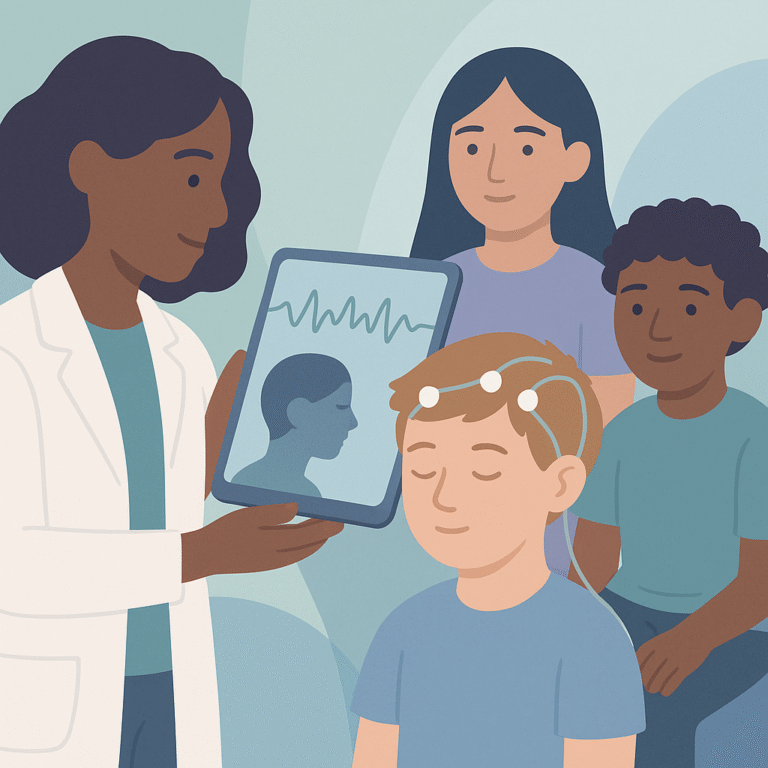
This study looked at how well a new questionnaire-based tool can help classify seizure types in children with epilepsy.

Researchers studied how well machine learning (ML) models can predict seizures in patients with glioma-associated epilepsy (GAE), a common issue for people with gliomas, which are a type of brain tumor.
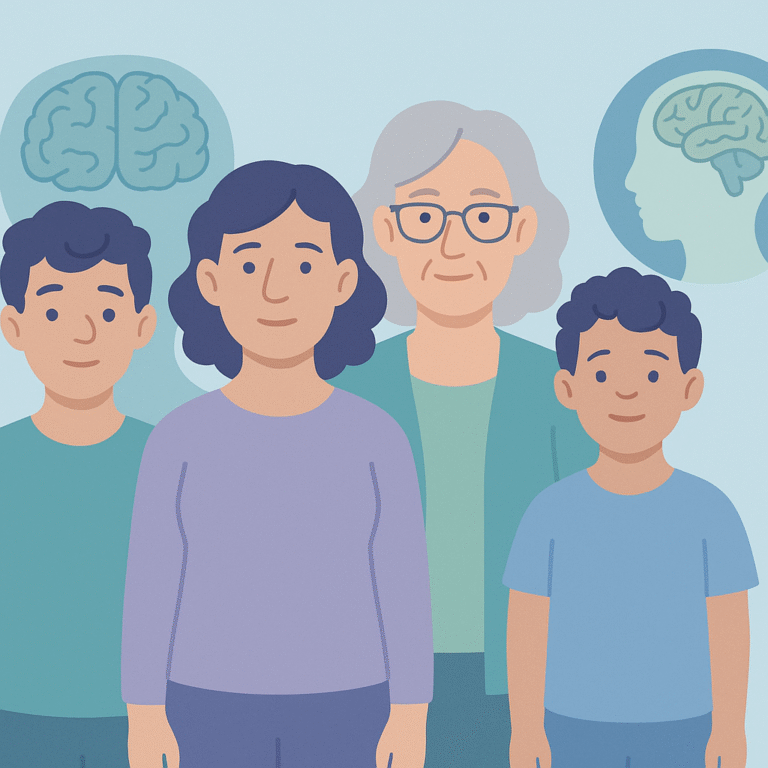
Researchers studied the prevalence of brain-related disorders in people with Noonan syndrome (NS), a genetic condition that can affect growth, heart health, and brain development.
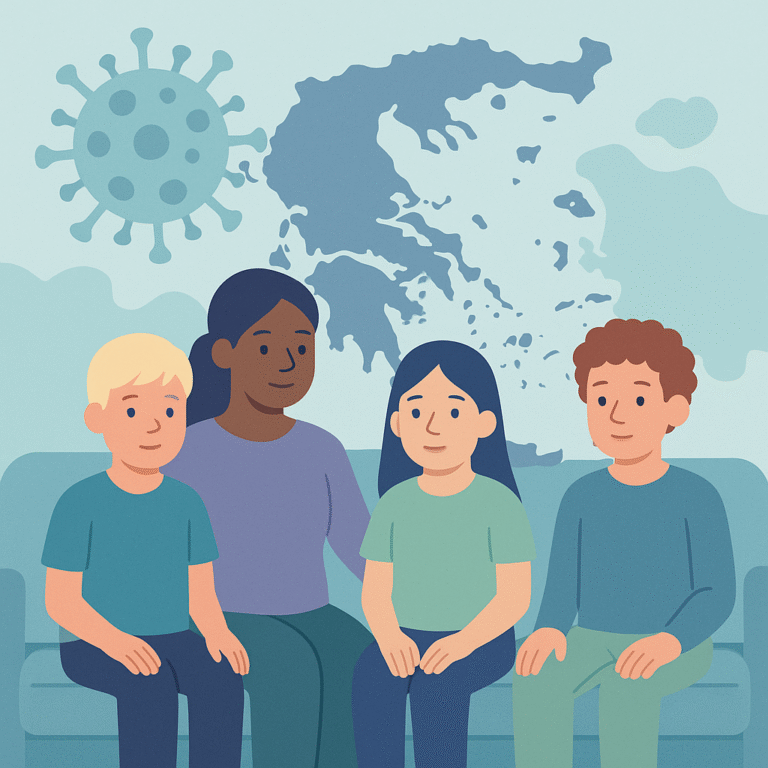
This study looked at how the COVID-19 pandemic affected children with Autism Spectrum Disorder (ASD) and Attention-Deficit/Hyperactivity Disorder (ADHD) in Northern Greece.

Researchers studied the use of continuous EEG (cEEG) in intensive care units (ICUs) to see how it helps with diagnosing and treating patients, especially those with epilepsy or brain injuries.

A study was conducted to understand the effects of tracheostomy in critically ill children with neurological impairments who were treated in the Pediatric Intensive Care Unit (PICU).

Researchers studied how to improve healthcare practices in India by implementing Standard Treatment Guidelines (STGs) through a series of webinars.
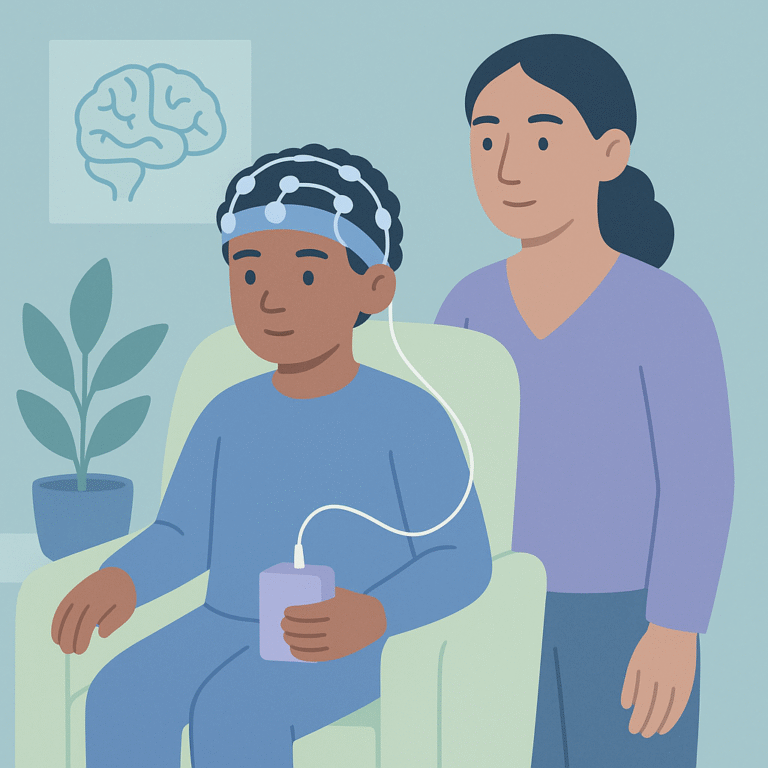
Researchers studied the effects of a treatment called central responsive neurostimulation (RNS) on children with drug-resistant epilepsy (DRE) that affects multiple areas of the brain.
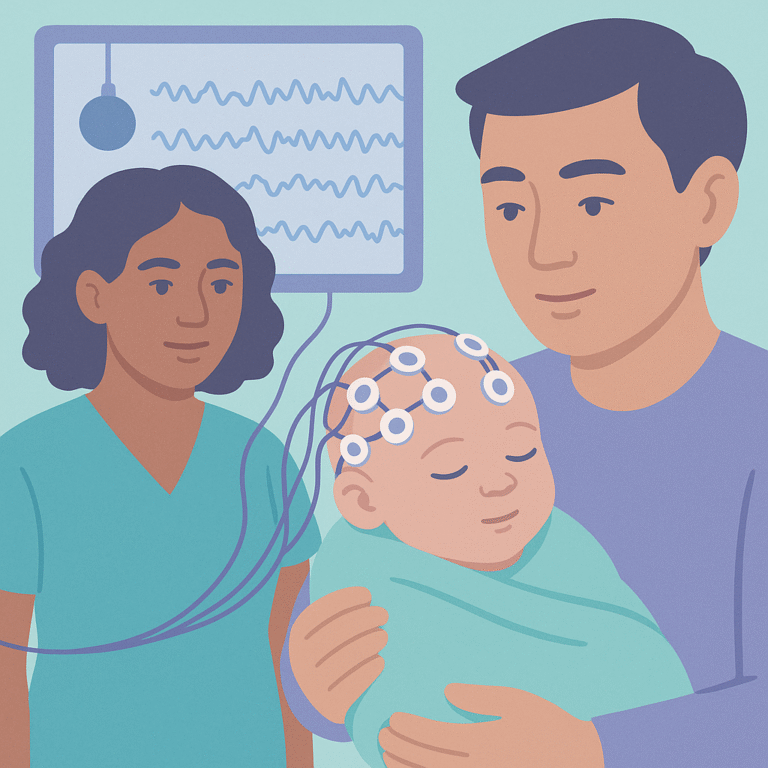
This study looked at how high-frequency activity (HFA) in the brain can help identify neonates (newborns) with seizures and predict their risk of developing epilepsy later on.